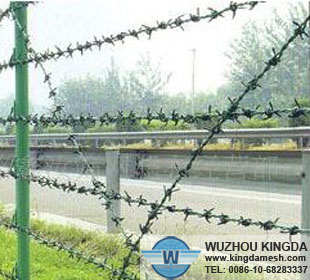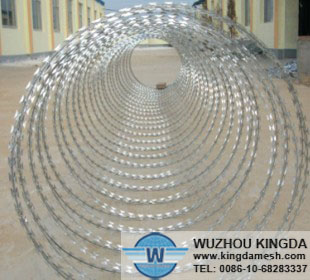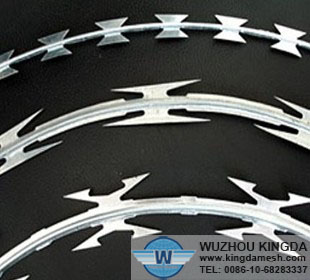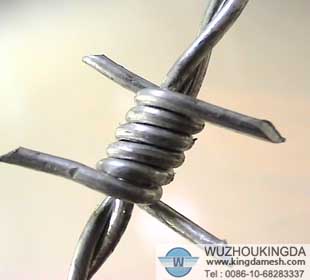Volunteers remove barbed wire from wild horse area
About a dozen volunteers donated a weekend of their time to helping make the Sand Wash Wild Horse Herd Management Area safer for the horses, the Bureau of Land Management reported in a news release.
The volunteers rolled and removed 780 pounds of old barbed wire June 15-16 from three separate areas in the Sand Wash HMA. The effort was supported by funding from the BLM Director’s Challenge, which is a national program aimed at improving Western rangeland conditions where wild horses roam and engaging volunteers in the stewardship of public lands, the release stated.
“We really appreciate the hard work of these volunteers who made this area safer for not only wild horses, but also native wildlife and human visitors,” BLM Little Snake Field Manager Wendy Reynolds said in the release.
The first site was a 5-acre area that included a stock pond with an old fence dating to the 1960s around its perimeter. The second site appeared to be an old wild horse trap dating to at least the 1940s that included barbed wire strung through junipers to create wings to funnel the horses to a corral. All of the historical integrity was left in place, but the dangerous barbed wire was removed, according to the release.
Finally, volunteers removed the fallen barbed wire from an old, 0.5-mile fence dating to at least the 1950s, the release stated.
The barbed wire was taken to a local scrap metal recycling facility and the proceeds were given to the Sand Wash Basin Wild Horse Club, according to the release.
The 158,000-acre Sand Wash HMA is about 45 miles west of Craig. It is one of four wild horse herd management areas in the state, the release stated.
The Little Snake Field Office manages the area in the BLM’s Northwest District. Wild horses are an important part of the field office and the BLM is committed to maintaining a healthy wild horse herd in this area as part of its multiple-use mission, according to the release.





